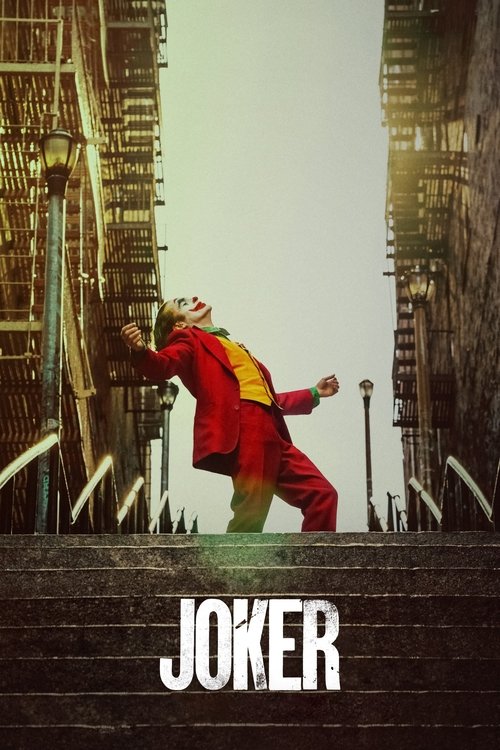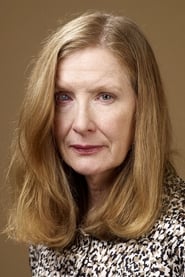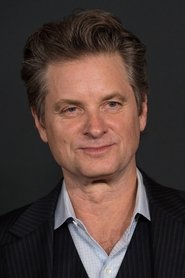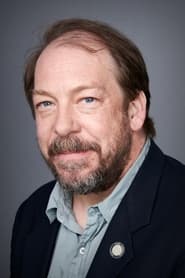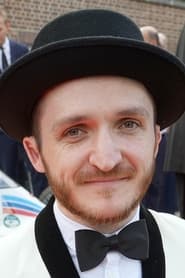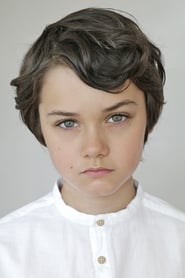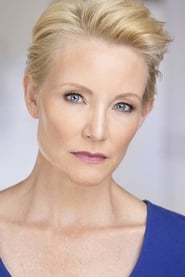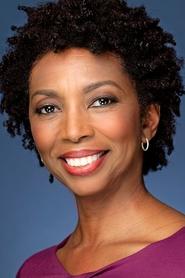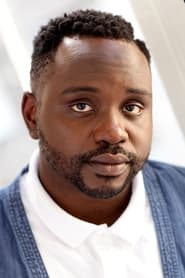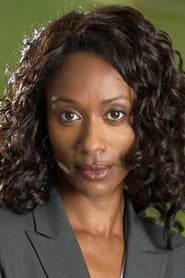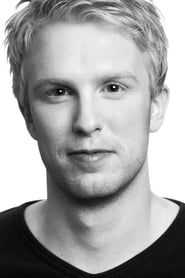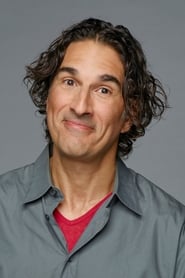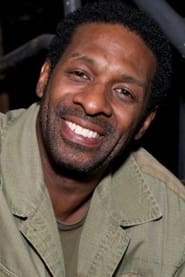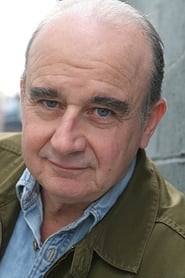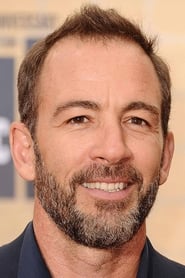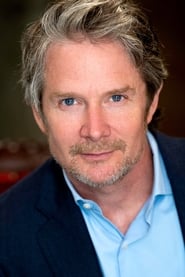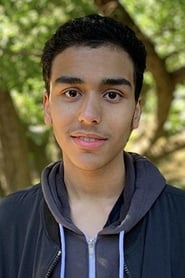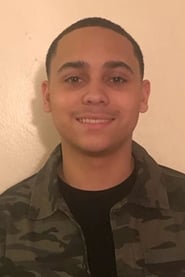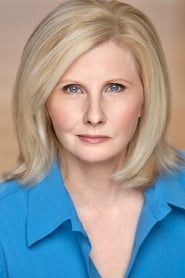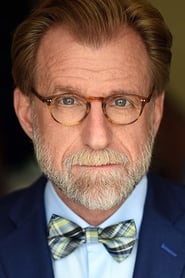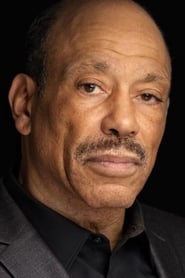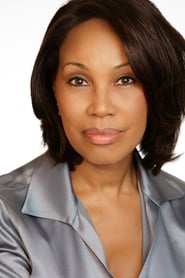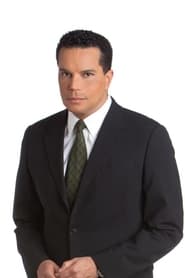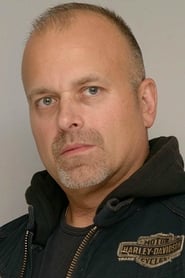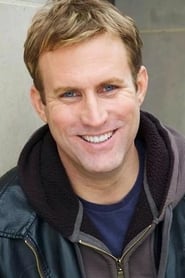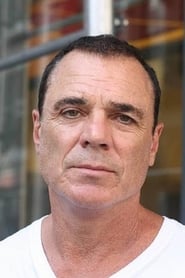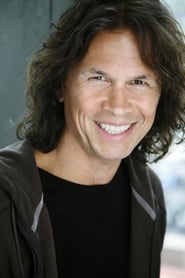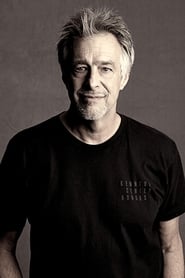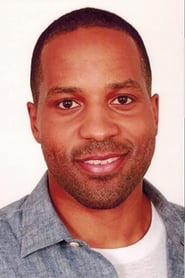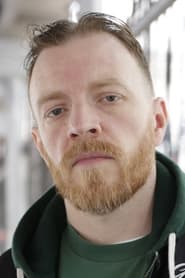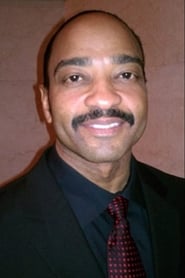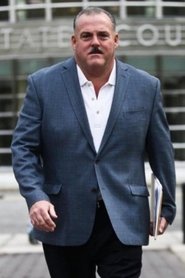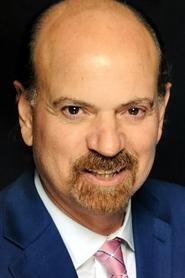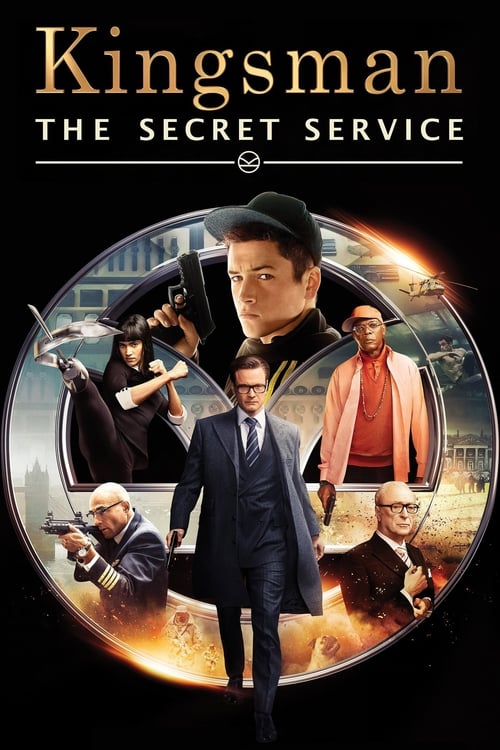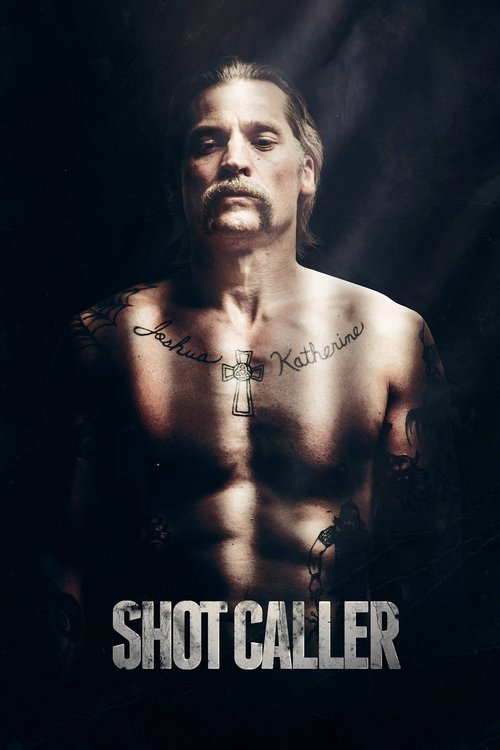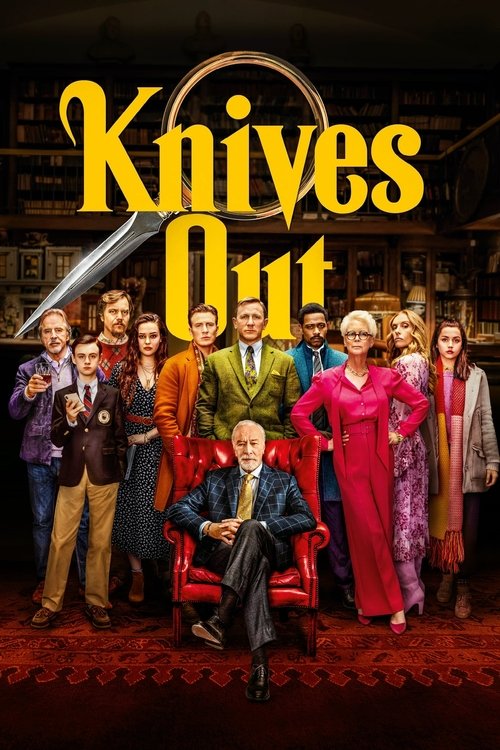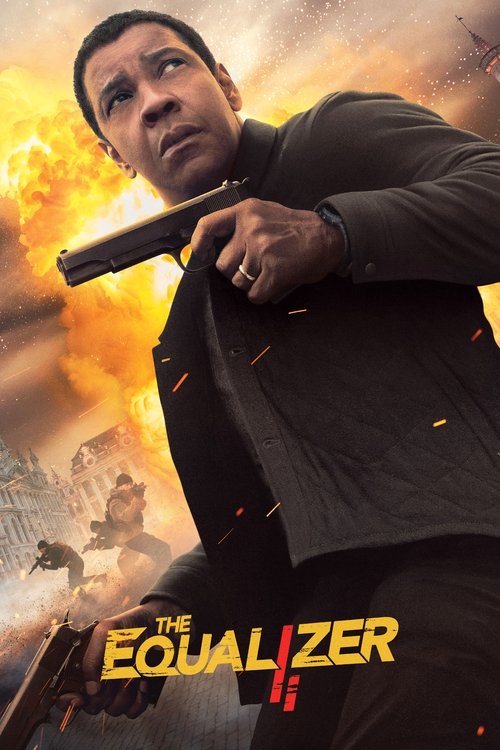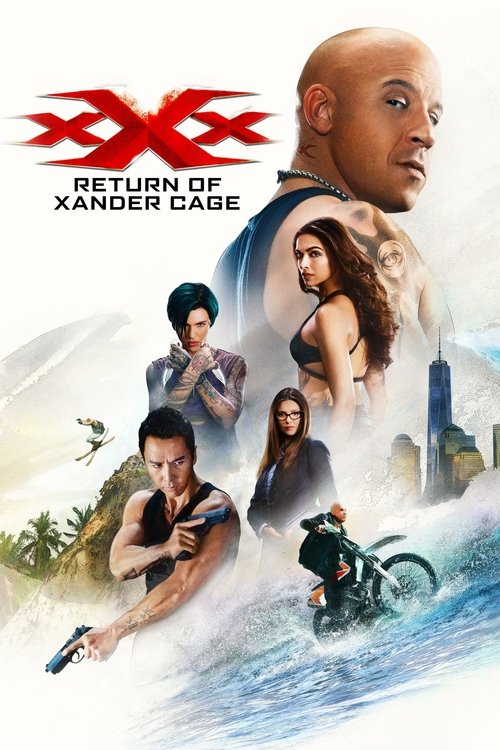
Ask Your Own Question
What is the plot?
In the bleak, crumbling Gotham City of 1981, a man named Arthur Fleck lives a life of quiet desperation. He is a party clown-for-hire, struggling to make ends meet while caring for his frail mother, Penny Fleck, in their small, dilapidated apartment. Arthur suffers from a neurological disorder that causes uncontrollable laughter at inappropriate moments, a condition that isolates him further from society. His life is a series of humiliations and neglect, underscored by the harsh reality of a city in recession, rife with crime and social unrest.
Arthur's mornings begin with him meticulously applying his clown makeup, practicing his forced, unsettling laugh in front of a cracked mirror. He clutches a worn notebook filled with jokes he hopes will one day launch him into a career as a stand-up comedian. Yet, his interactions with others are awkward and often met with disdain or violence. On one occasion, a group of children steal his advertising sign; when Arthur catches them, they break the sign over his head and beat him mercilessly. Returning to his workplace, a grimy clown agency, his coworker Randall hands him a revolver for protection, despite Arthur's protests that guns are forbidden. This gesture marks the beginning of a dark transformation.
Arthur's fragile world is further complicated by his relationship with his mother, Penny, who is delusional and obsessed with her belief that Arthur is the illegitimate son of Thomas Wayne, Gotham's wealthy billionaire and mayoral candidate. Penny's fantasies are supported by a letter she claims to have written to Thomas Wayne, pleading for recognition and help. Arthur clings to this hope, desperate for a connection and a sense of belonging. However, the truth is far more disturbing: Penny was a housekeeper for the Waynes and fabricated the story; Arthur was adopted and raised in a home shadowed by abuse from Penny's boyfriend, who physically and sexually assaulted both Penny and Arthur. This history contributes to Arthur's mental instability and neurological disorder.
Arthur's attempts to find normalcy are repeatedly shattered. At a children's hospital, where he performs as a clown, his gun accidentally falls to the floor, leading to his immediate dismissal. The loss of his job is a devastating blow, stripping away one of the few anchors in his life. On his way home, he encounters three white-collar businessmen on the subway who mock and assault him. In a moment of desperate self-defense, Arthur pulls out the revolver Randall gave him and shoots two of the men dead. As he flees the scene, he kills a third pursuer. The violence shocks Arthur, but it also ignites a dangerous transformation within him. The city's response is one of fear and outrage, but a growing undercurrent of sympathy and rebellion begins to stir among Gotham's disenfranchised citizens.
Arthur's mental state deteriorates further as he navigates a series of painful confrontations. He visits Wayne Manor, where he meets a young Bruce Wayne and the family's loyal butler, Alfred Pennyworth. Arthur's hope for acceptance is crushed when Thomas Wayne denies any connection to him. Digging into his mother's files, Arthur uncovers the truth about his adoption and Penny's delusions. The betrayal triggers a violent confrontation at the hospital where Penny has been admitted after a stroke. In a chilling scene, Arthur smothers her with a pillow, silencing the lies and abuse that have haunted him.
Parallel to these revelations, Arthur's imagined relationship with his neighbor Sophie Dumond unravels. He frequently envisions tender moments with her--shared elevator rides, dates, and intimate conversations--but these are revealed to be figments of his fractured mind. In reality, Sophie is frightened and confused when Arthur intrudes into her apartment uninvited, gently asking him to leave. This shattering moment underscores Arthur's profound loneliness and detachment from reality.
Amidst the chaos, Arthur attempts to pursue his dream of comedy. He performs a stand-up routine that is met with jeers and mockery, notably from the late-night talk show host Murray Franklin, whom Arthur idolizes. When clips of this failed performance go viral, Arthur is invited to appear on Murray's show. Before the appearance, Randall visits Arthur, but in a sudden act of paranoia and rage, Arthur murders him with the revolver, eliminating the man who once gave him the weapon. Arthur spares another former coworker, Gary, who had treated him kindly.
On the night of the television appearance, Arthur requests to be introduced as "Joker," a nickname Murray had mockingly used during the show's previous segment. As the cameras roll, Arthur delivers a dark, morbid monologue, confessing to the subway murders and railing against a society that neglects and abuses the vulnerable. "Is it just me, or is it getting crazier out there?" he asks, before revealing, "I used to think my life was a tragedy, but now I realize it's a comedy." The mood shifts as Arthur's confession sinks in; the audience grows hostile, but Arthur's anger and despair crescendo until he shoots Murray Franklin in the head, killing him live on air.
The city erupts into chaos. Rioters don clown masks and take to the streets, protesting inequality and corruption. During the turmoil, Thomas and Martha Wayne are cornered and murdered by a rioter in an alley, witnessed helplessly by their young son Bruce. This brutal act sets the stage for Gotham's future, birthing the legend of Batman. Meanwhile, Arthur, now fully embracing his Joker persona, dances triumphantly down the iconic staircase near his apartment, his painted smile smeared with blood. Police detectives chase him, but he escapes by blending into a crowd of clown protesters on the subway.
Arthur is eventually captured and incarcerated at Arkham State Hospital. In a haunting final scene, he sits in a therapy session, laughing quietly to himself. When asked to share his joke, he declines, saying, "You wouldn't get it." As he leaves the room, bloodied footprints mark the floor, and an orderly pursues him, suggesting that the cycle of violence and chaos will continue.
Throughout the film, Arthur's journey from a marginalized, mentally ill man to the anarchic Joker is marked by every death he causes: the three businessmen on the subway, his coworker Randall, his mother Penny, and Murray Franklin. Each killing is a step deeper into madness and rebellion. The film's revelations--Penny's delusions, Arthur's abuse, the imaginary Sophie, and the denial of his parentage--are crucial in understanding his fractured psyche. The final scenes tie his personal descent to the broader social upheaval engulfing Gotham, cementing Joker as both a tragic figure and a catalyst for the city's descent into chaos.
What is the ending?
At the end of the movie "Joker," Arthur Fleck, now fully embracing his identity as the Joker, is celebrated by a group of rioters after he kills Thomas Wayne. He is captured by the police but is shown smiling in the back of a police car, hinting at his complete transformation into the Joker.
In an expanded narrative of the ending:
The climax of "Joker" unfolds in a chaotic and violent atmosphere. Arthur Fleck, having fully embraced his alter ego, the Joker, attends a rally for Thomas Wayne, who is running for mayor. Arthur, fueled by rage and a desire for recognition, confronts Thomas Wayne in a bathroom. In a moment of desperation and anger, he pulls out a gun and shoots Thomas, killing him. This act of violence sends shockwaves through Gotham City, igniting a wave of riots and chaos among the disenfranchised citizens who see Arthur as a symbol of their struggle.
As the city erupts into turmoil, Arthur becomes a figurehead for the movement. The rioters, wearing clown masks, celebrate his actions, viewing him as a hero who has taken a stand against the wealthy elite. Arthur, now reveling in his newfound identity, is seen dancing in the streets, embodying the chaos and anarchy that has taken over Gotham. The camera captures his manic laughter, a stark contrast to the destruction around him, highlighting his complete detachment from reality.
Meanwhile, the police are in pursuit of Arthur, but he remains unfazed. He is eventually apprehended and placed in the back of a police car. As he sits there, a smile spreads across his face, suggesting a sense of triumph and fulfillment. The scene is juxtaposed with the ongoing riots outside, where the citizens continue to rally in support of the Joker's actions.
In the final moments, the film cuts to a scene in a mental health facility, where Arthur is seen being interviewed by a psychiatrist. He shares a cryptic line about the world being a joke, reinforcing his belief that he has become the embodiment of chaos and laughter. The film ends with Arthur leaving a trail of blood behind him, hinting at the violence he has caused and the irreversible change he has undergone.
The fates of the main characters are starkly defined: Arthur Fleck has fully transformed into the Joker, a figure of chaos and anarchy. Thomas Wayne is dead, symbolizing the fall of the old order. The city of Gotham is left in disarray, with the citizens rallying behind the Joker, indicating a shift in power dynamics. The psychiatrist, who represents the system that failed Arthur, is left in a state of confusion, reflecting the broader themes of neglect and societal breakdown that permeate the film.
Who dies?
In the 2019 film "Joker," several characters meet their demise, each death serving to deepen the narrative and highlight the protagonist's descent into madness. Here are the key deaths in the film:
-
Murray Franklin: Murray, played by Robert De Niro, is a talk show host who becomes a pivotal figure in Arthur Fleck's transformation into the Joker. His death occurs during a live broadcast. After Arthur, now fully embracing his Joker persona, is invited onto the show, he reveals his violent actions and expresses his disdain for society. In a shocking turn, Arthur pulls out a gun and shoots Murray in the head, killing him instantly. This act is fueled by Arthur's feelings of betrayal and anger, as he had idolized Murray and felt rejected by him. The moment is both a culmination of Arthur's internal struggle and a public declaration of his new identity.
-
Randall: Randall, played by Glenn Fleshler, is one of Arthur's former co-workers who mocks him and is involved in a violent incident earlier in the film. After Arthur is fired from his job, he confronts Randall and another co-worker, who had previously laughed at him. In a fit of rage and seeking revenge, Arthur kills Randall in his apartment. He stabs him multiple times, showcasing Arthur's complete transformation into the Joker. This murder is significant as it marks a turning point where Arthur fully embraces his violent tendencies.
-
Arthur's Mother, Penny Fleck: Penny, portrayed by Frances Conroy, dies in a more indirect manner. After Arthur discovers that she had lied to him about his past and that he was adopted, he confronts her in the hospital. In a moment of emotional turmoil, he smothers her with a pillow, leading to her death. This act is driven by a mix of betrayal, anger, and a desperate need to sever ties with his past. It symbolizes Arthur's complete break from his former self and his descent into the chaos of his new identity.
-
The Wall Street Men: Early in the film, Arthur is attacked by three Wall Street businessmen on the subway. In a moment of self-defense and rage, he shoots and kills all three of them. This incident is pivotal as it marks the first time Arthur takes a life, igniting his transformation into the Joker. The killings are portrayed as a reaction to the bullying and dehumanization he has faced throughout his life, reflecting the film's themes of societal neglect and violence.
Each of these deaths is intricately tied to Arthur's psychological state and the broader commentary on societal issues, making them crucial to the film's narrative arc.
Is there a post-credit scene?
The movie "Joker," produced in 2019, does not have a post-credit scene. After the film concludes, the credits roll without any additional scenes or content. The film ends on a powerful note, focusing on Arthur Fleck's transformation into the Joker, leaving the audience with a lasting impression of his chaotic emergence in Gotham City. The absence of a post-credit scene aligns with the film's tone, emphasizing the psychological depth and the tragic elements of Arthur's journey rather than setting up future narratives.
What is Arthur Fleck's profession in Joker?
Arthur Fleck works as a party clown and aspires to be a stand-up comedian. He struggles with mental illness and often finds it difficult to connect with others, which complicates his attempts to succeed in comedy.
How does Arthur Fleck's relationship with his mother influence his character?
Arthur has a complex and dependent relationship with his mother, Penny Fleck. He cares for her deeply and is emotionally tied to her, believing she is the only person who truly understands him. However, he later discovers troubling truths about her past that shatter his perception of their relationship.
What triggers Arthur's transformation into the Joker?
Arthur's transformation into the Joker is triggered by a series of traumatic events, including being fired from his job, being assaulted by a group of teenagers, and the revelation of his mother's mental health issues. These experiences culminate in a violent outburst that marks his complete descent into the Joker persona.
What role does the character Murray Franklin play in Arthur's life?
Murray Franklin, played by Robert De Niro, is a talk show host whom Arthur idolizes. Arthur dreams of being on his show, but when he finally gets the opportunity, it becomes a pivotal moment that highlights Arthur's desperation for acceptance and his ultimate rejection by society.
How does Arthur's mental health impact his interactions with others?
Arthur's mental health issues, including his struggle with laughter and his social anxiety, severely impact his interactions. He often feels isolated and misunderstood, leading to awkward and uncomfortable encounters, particularly with his neighbor Sophie, whom he initially believes to be a potential romantic interest.
Is this family friendly?
The movie "Joker" (2019) is not family-friendly and contains several potentially objectionable or upsetting scenes and aspects that may be distressing for children or sensitive viewers. Here are some key elements:
-
Violence: The film features graphic violence, including scenes of physical assault and murder that are depicted in a raw and unsettling manner.
-
Mental Illness: The protagonist, Arthur Fleck, struggles with severe mental health issues, which are portrayed in a way that may be distressing for viewers, particularly those with personal experiences related to mental illness.
-
Depression and Isolation: The film explores themes of deep emotional pain, loneliness, and societal neglect, which can be heavy and triggering for some audiences.
-
Suicide: There are references to suicide and self-harm, which are handled in a serious and impactful way.
-
Dark Themes: The overall tone of the film is dark and bleak, dealing with themes of societal failure, alienation, and the consequences of neglecting mental health.
-
Language: The film contains strong language, including profanity that may not be suitable for younger audiences.
These elements contribute to the film's intense and mature nature, making it more appropriate for adult viewers.

